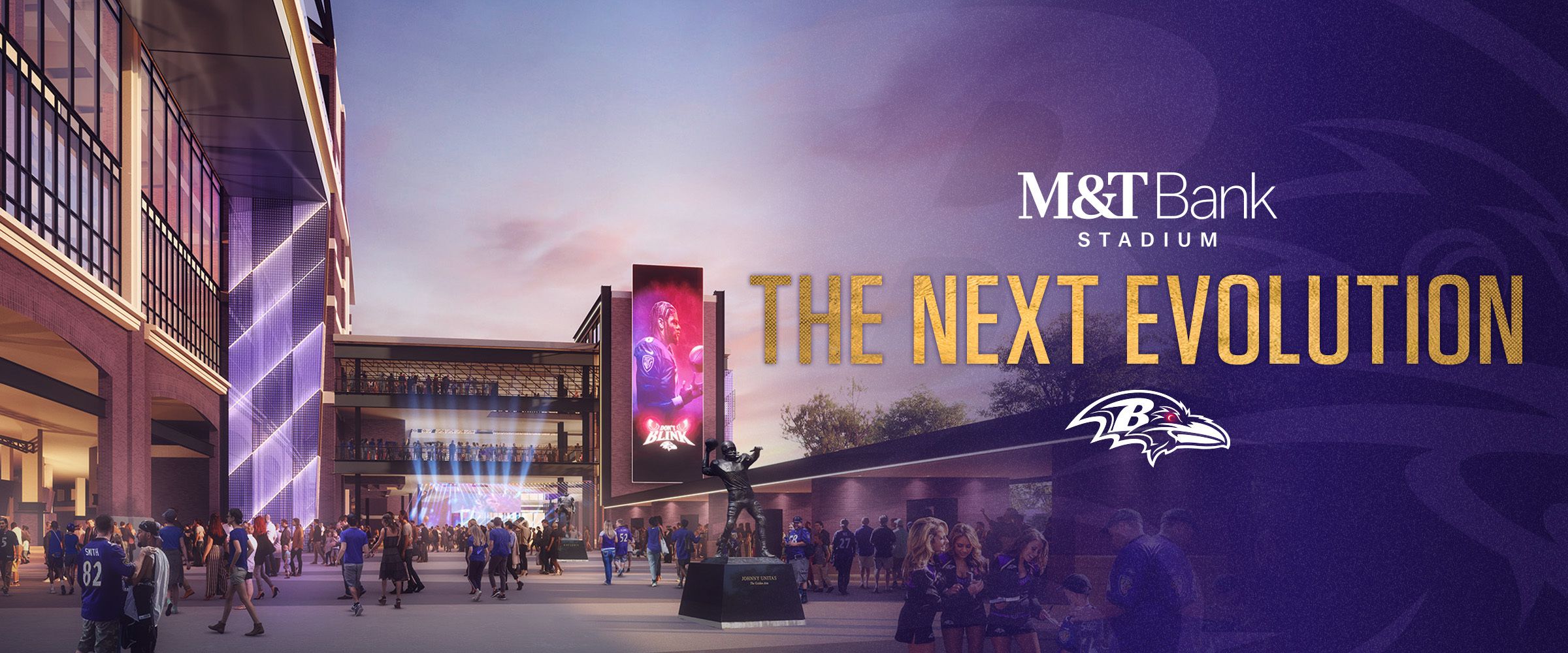Signing your slot cornerback to a record-setting contract extension doesn't sound like part of a plan to control costs at his position.
But that's exactly what the Ravens are doing with the Tavon Young deal.
If you hadn't noticed, they've been spending a ton of money on cornerbacks and safeties. Those two positions took up 22.99 percent of the team's salary cap in 2018, according to Spotrac. As of Friday, the figure soars to 28.73 percent in 2019.
That's staggering. Defensive backs obviously are important in today's pass-happy NFL, but when more than a quarter of your salary cap is devoted just to the secondary, you impact your ability to address other needs.
How did the Ravens' secondary costs rise so high?
At safety, no doubt, it's because their projected starting duo of Matt Elam (2013 first-round draft pick) and Terrence Brooks (2014 third-round pick) didn't pan out, forcing them to hit the costly free-agent market for veteran starters.
Eric Weddle signed a four-year, $26 million deal in 2016. Tony Jefferson signed a four-year, $34 million deal in 2017. They're due to earn the team's third-highest and sixth-highest cap hits in 2019, combining for nearly $22 million.
The Ravens also had to hit free agency for a starting cornerback. Weary of enduring injuries and subpar performances opposite Jimmy Smith, they signed Brandon Carr to a four-year, $23.5 million deal in 2017.
The moral? If you don't grow your own cornerbacks and safeties, you'd better start saving your pennies.
Yes, homegrown defensive backs can be just as expensive. Smith, the Ravens' 2011 first-round pick, signed a four-year, $41.1 million deal in 2015. As things stand now, he'll earn the Ravens' largest cap hit in 2019 at $15.85 million.
At Friday's press conference, General Manager Eric DeCosta and Head Coach John Harbaugh outlined why an extension for Young, 24, made so much sense. Basically, he's tough, smart, dependable and versatile. Not much wrong with that picture.
He also plays a crucial position. "The fastest way to lose a game is to play poorly in the secondary," DeCosta said.
The subject of addressing high secondary costs didn't come up, but no doubt, the Ravens would love nothing more going forward than to replicate how they proceeded with Young.
For starters, unlike with Elam and Brooks, they liked what they saw after they drafted Young with a fourth-round pick in 2016. He started as a rookie and came back from a knee injury to become a crucial piece in 2018. He's a draft hit, not a miss, destined for a significant role in the coming years.
Now, having identified him as a keeper, they're fixing his cost through 2022 and eliminating his position as one that might require a (perhaps even more) costly free-agent fill-in. The fewer of those, the better. An added bonus is you know the player, minimizing the risk of buyer's remorse.
The cost isn't cheap. Young's deal makes him the league's highest-paid slot corner in terms of average dollars per year. He'll earn more than $8 million annually starting in 2020. I'm sure some will suggest the Ravens overpaid.
But given the popularity of offensive sets with three wide receivers in today's NFL, a slot corner is essentially a starter. (The Ravens used their base defense, with two cornerbacks, just 16 percent of the time in 2018, Harbaugh said.) And $8 million is hardly a barrier-busting salary for a cornerback who'll be on the field so much. There'll be 25 cornerbacks in the league with cap hits of at least $8 million in 2019, according to Spotrac.
Bottom line, this is a relatively prudent way to populate a secondary. Hit on a pick. Lock him up early. It fosters continuity and certainly is more affordable in the long run than paying for high-end free agents.
I'm sure the Ravens would love to do it again in the secondary. Marlon Humphrey, a developing star at cornerback, is an obvious candidate for an early extension. Any young safety prospect such as, say, DeShon Elliott, could also get targeted if he emerges as a starting-caliber player.
The goal is more manageable secondary costs, producing savings the Ravens could then apply to other needs.



















